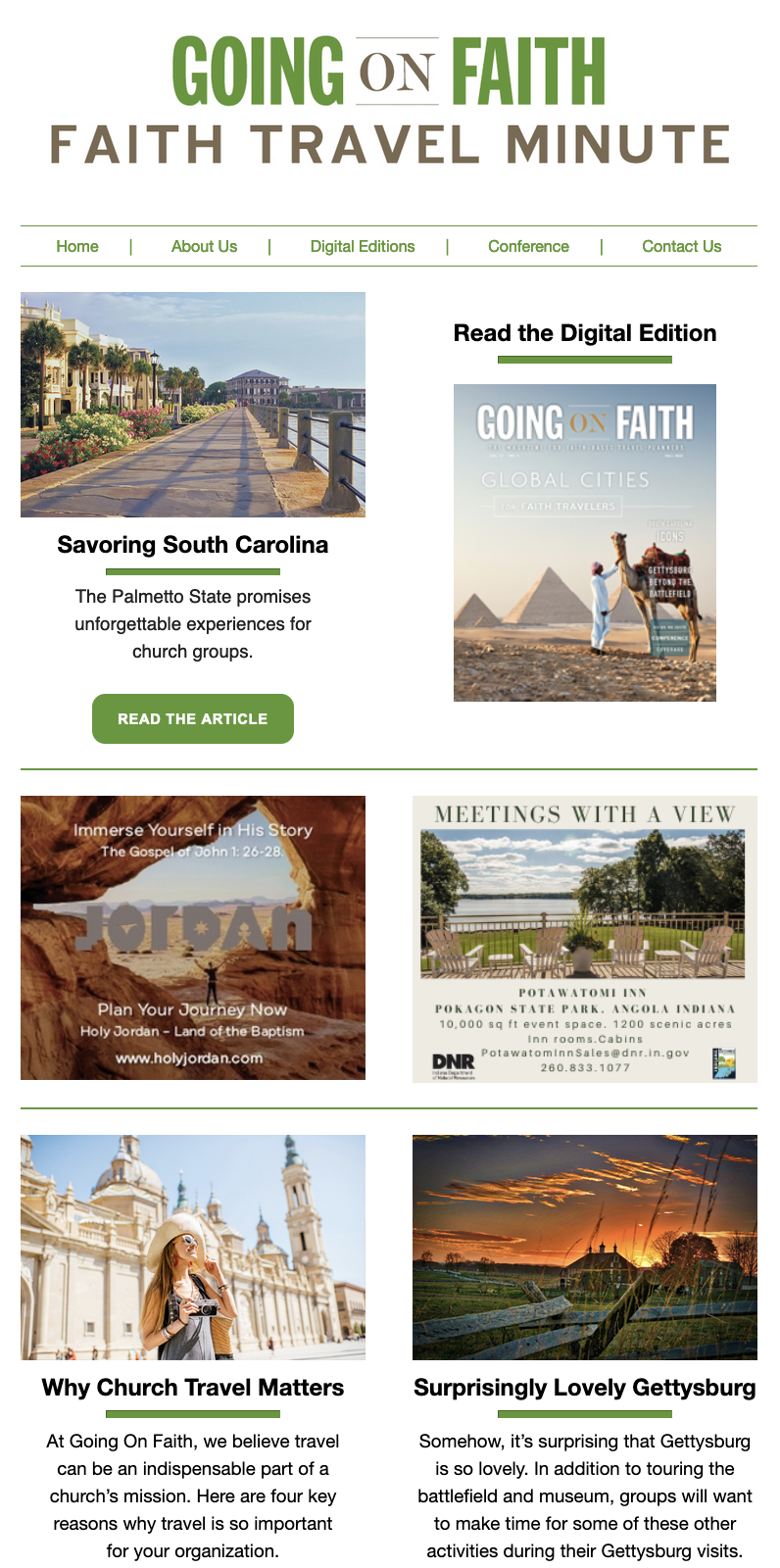Playing a pivotal role in American history, Plymouth, Massachusetts, is one of the most iconic towns in New England. At its core, Plymouth’s appeal lies in its singular connection to the Pilgrims and their founding of the Puritan Plymouth Colony in 1620.
But this picturesque coastal town also offers a compelling blend of educational experiences, natural beauty and a vibrant, contemporary culture that captivates a wide range of visitors. Travelers flock to sites such as Plymouth Rock, a powerful symbol of initial European settlement, and the Mayflower II, a meticulous replica of the ship that carried the Pilgrims across the Atlantic from England. Plimoth Patuxet Museums immerses visitors in early colonial life and Indigenous culture, with living history exhibits of the 17th-century English village along with a homesite of the Wampanoag people, who inhabited the land before the Pilgrims arrived.
Beyond the rich history, Plymouth’s natural splendor adds another level of enjoyment. Its waterfront, offering stunning views of Plymouth Harbor and Cape Cod Bay, invites scenic strolls, harbor cruises and whale-watching excursions. Numerous beaches, from the lively White Horse Beach to the more secluded Plymouth Long Beach, offer relaxation and recreation, especially during the summer. The ponds and pine barrens of Myles Standish State Forest are perfect for hiking, biking and communing with nature.
In addition to its undeniable history, Plymouth has a thriving culinary scene and diverse cultural offerings. Downtown Plymouth is replete with local art galleries, boutiques and restaurants dishing up ocean-fresh seafood and sophisticated international cuisine. Seasonal events and festivals provide entertainment and fun. Its fusion of historical significance, scenic landscapes and modern energy make Plymouth an appealing destination for visitors seeking enriching and memorable adventures.
Plymouth Rock and Pilgrim Memorial State Park
Is this modest glacial boulder the exact spot where the 102 passengers of the Mayflower landed on November 9, 1620, after a grueling, monthslong journey across 3,000 miles of open ocean? Of that we can’t be sure, but Plymouth Rock is celebrated as the spot, and that’s enough to attract more than 1 million visitors a year who come for a glimpse. “The Rock” is the big draw at Pilgrim Memorial State Park, but the pretty waterfront spot also offers great views of Plymouth Harbor, monuments and an easy 1.8 mile out-and-back nature trail with ponds and gardens. From April through November, educational programs are offered, with 10-minute historical talks at Plymouth Rock throughout the day and 30-minute guided walking tours from 10 a.m. to 4 p.m.
Plimoth Patuxet Museums
Plimoth Patuxet Museums is a living history complex that replicates the original 17th-century village built by the Pilgrims along with a site re-creating the home of the Patuxet people, who lived along the shores when the religious separatists arrived from England. Visitors can see craft-making demonstrations and purchase traditional crafts; tour a replica of the historic grist mill; learn about the first Thanksgiving; and even step aboard a full-sized replica of the Mayflower, which is docked at Frazier State Pier in Pilgrim Memorial State Park. The 2025 season runs through Thanksgiving Day.
National Monument to the Forefathers
Completed in 1889, the National Monument to the Forefathers is an impressive 81-foot statue believed to be the world’s largest solid granite monument. Boston sculptor Hammatt Billings topped the monument with a statue of “Faith,” pointing one hand toward heaven and holding a Bible in the other. She is surrounded by smaller allegorical figures of Morality, Education, Law and Liberty. Other panels are inscribed with the names of the original passengers aboard the Mayflower. The monument is free to visit. Gates are open from dawn to dusk April through November, but visitors are welcome to walk in to view during the off-season.
Burial Hill
Containing the ruins of the original 1621 Pilgrim fort along with tombstones dating to the 1620s, Burial Hill is a steep climb but a must-see when visiting Plymouth. It offers incredible views of the town and the bay, and visitors will find the graves of the original settlers, including William Bradford, leader of the band of Puritan Separatists and the first governor of the Colony of Massachusetts. Early grave markers were carved of wood and have not survived, but the oldest known burial stone dates to 1681. Many of the subsequent stones are masterpieces of folk art. The cemetery, which is listed on the National Register of Historic Places, is free and open to the public.










